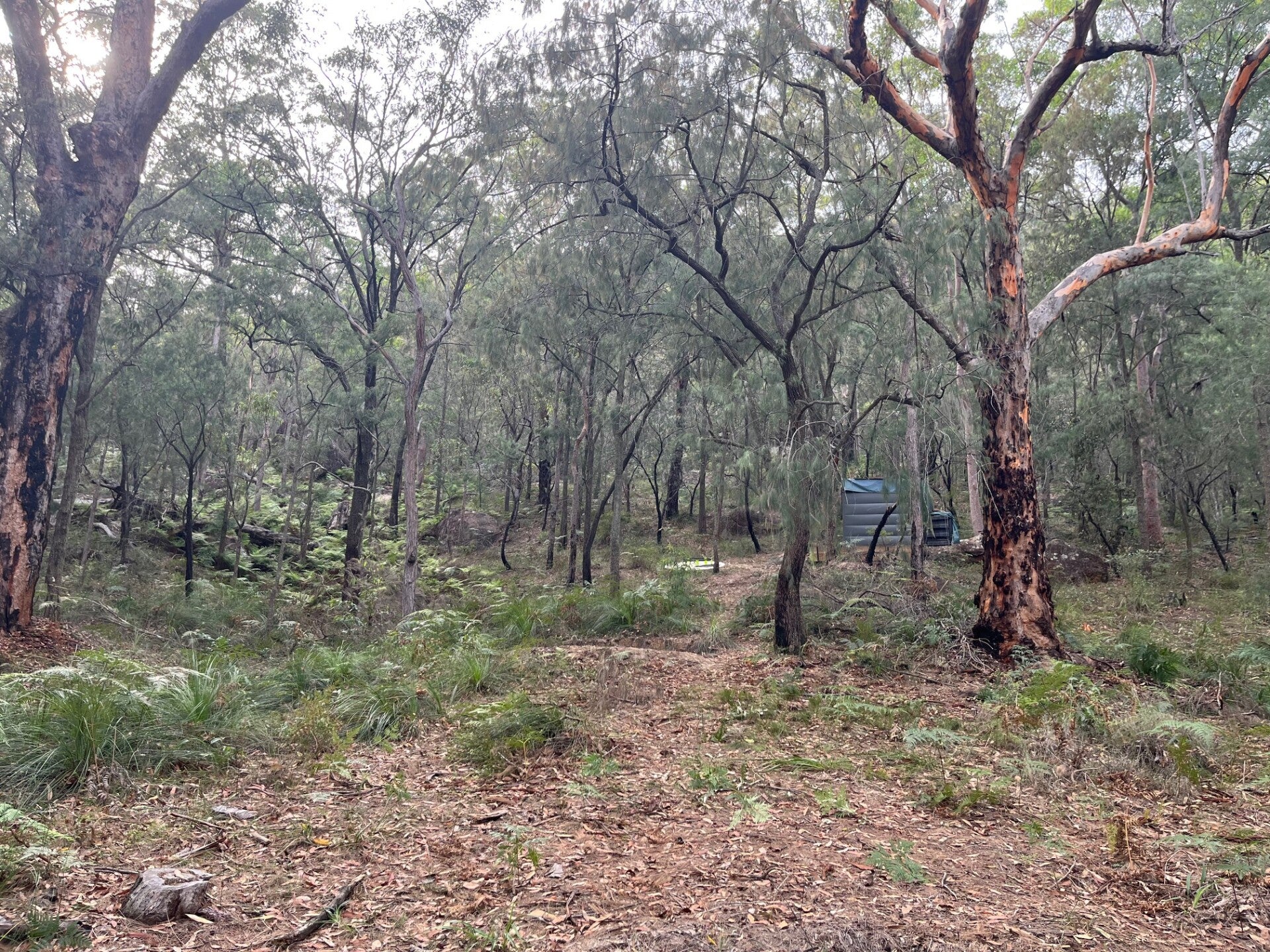Our Commitment to the Environment
We recognize the unique value of our natural surroundings and are deeply committed to preserving its ecological integrity and scenic beauty.

Protecting Our Unique Environment
The environment around the site is special. The proposed positioning of the house is over 40m from the mean high water mark, decreasing the impact on the wetland. We prioritize conservation, maintaining native vegetation to provide natural screening and preserve the area's scenic qualities. The development is designed with muted natural colours to blend seamlessly with the landscape. We will aim to minimize disturbance to the site.

Erosion and Sediment Control
Erosion and sediment control measures will be used during all works. The house will be constructed upslope from the foreshore to minimize the risk of flooding and is not in the 1 in 100 year flood zone. The SES has confirmed that the proposal will not increase risk to neighbouring sites or the community if a flood occurs. Although access is via the river, significant portions of the site are flood-free, providing safe refuge. The location of the house is on land classified as Class 5 Acid Sulfate Soil, and minor groundworks are designed not to lower the water table.

Minimizing Our Environmental Impact
Riverbush Escape is designed to minimize environmental impact. We retain existing ridgeline vegetation and design the scale of our development to be sympathetic to the natural character of the locality. The development is screened from public view by existing shoreline vegetation, preventing adverse visual impacts.
Key Risks to Wildlife Habitat and Our Responses
- Hollow-bearing trees – These trees provide critical nesting sites for birds, possums, bats, and other fauna. Removing them can lead to habitat loss.
- The choice of positioning of the house was to minimise the impact on wildlife habitat. Whilst we could have had the house further from the river, this would have meant many more trees would need to be removed for the asset protection zone (as part of bushfire requirements). Given there is an existing clearing where the house will be located, the impact on wildlife habitat is minimal compared to if the house was further up the hill (where microbats may possibly roost). Unfortunately 14 trees will need to be removed for the house and jetty foot pint and the asset protection zone. One will be a high value tree, with the majority being classed as low value by an arborist. Roughly half of the trees to be removed were in an arborist report completed a few years ago (most were not deemed to be of significance/over 3m at that time). All of the moderate value trees, and the majority of the trees being removed in total, are Allocasarinas.
- Stick nests & possum dreys – Many species, like raptors and possums, build nests in trees. Development must avoid disturbing these structures to protect breeding and sheltering animals.
- As mentioned above, the positioning of the house was determined to minimise the risk of this. There was no evidence of nests in the trees to be removed (arborist and ecologist) and there is only one hollow (present in the high value tree that will be removed).
- Water quality – Any runoff, pollution, or drainage alterations can negatively impact local streams, wetlands, and aquatic life, including fish and frogs.
- The onsite wastewater treatment system has been chosen to minimise the impact of water quality changes. The footprint of the house was minimised, as was the use of impervious surfaces, so as to decrease drainage alterations and there are existing natural water drainage paths on the site already which any overflow will be directed towards. Roof water will be collected for in-house use, and the trenching for the wastewater system will be designed so as to emulate, as best as possible,
site infiltration that would otherwise have occurred if there was no house. - Stormwater from the roof will go into onsite storage tanks for household use.
- The onsite wastewater treatment system has been chosen to minimise the impact of water quality changes. The footprint of the house was minimised, as was the use of impervious surfaces, so as to decrease drainage alterations and there are existing natural water drainage paths on the site already which any overflow will be directed towards. Roof water will be collected for in-house use, and the trenching for the wastewater system will be designed so as to emulate, as best as possible,
- Lighting impacts – Excess artificial light can disrupt nocturnal animals, affecting feeding, migration, and breeding cycles.
- We will use wildlife-friendly lighting (low-intensity, warm-coloured lights) to minimize disruption to nocturnal species. In addition we will shield lights downward to reduce sky glow and protect natural darkness. Given there is a long section of glass at the front of the house (less than 5m) we have extended the roof on the deck in front of that glass so as to decrease impact of any lights that are on inside of the house.
A survey of local wildlife has been carried out. While no threatened species were directly observed on the site, a large rock with natural crevices that could provide habitat for the Large-eared Pied Bat and the Eastern Cave Bat was identified within 100 metres of the proposed works. Such features can provide important shelter or habitat for species at risk. To ensure any potential impacts are responsibly managed, ecosystem credits will be purchased as part of the project
Create Your Own Website With Webador